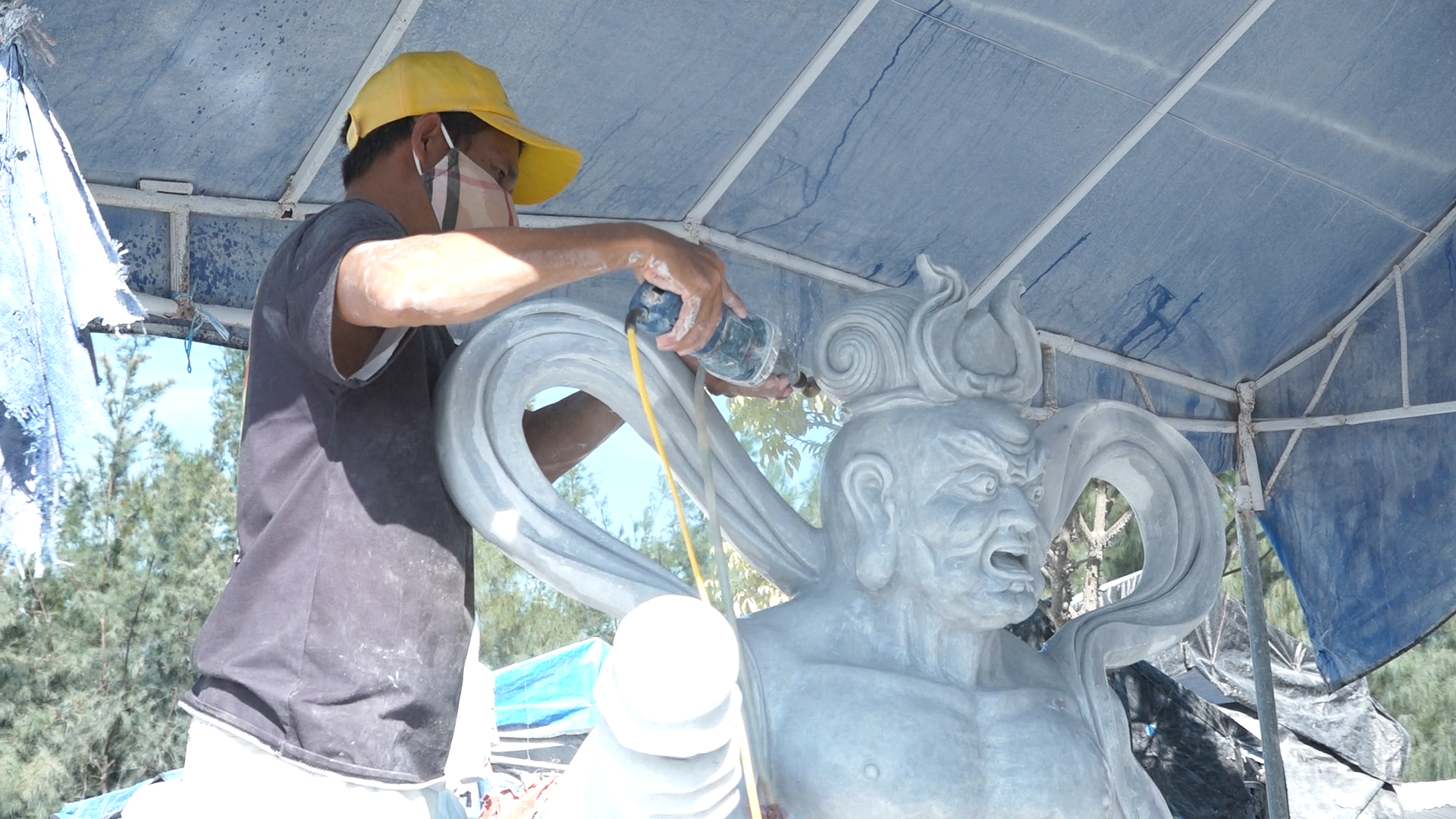
Da Nang City currently has more than 100 traditional occupations and craft villages, traditional craft villages, of which 39 have been recognized. In particular, there are many traditional craft villages that have existed for hundreds of years, famous for their diverse products...
Spread the good reputation of the craft village
Stone carving, Non Nuoc Stone Craft Village (Ngu Hanh Son Ward) has a tradition of more than 400 years and was recognized as a National Intangible Cultural Heritage in 2014. Currently, the craft village has 385 production facilities with about 1,250 workers. The total value of goods in the craft village averages about 372 billion VND per year.
Developing traditional crafts and villages is not only for economic benefits, but also to preserve and promote the cultural essence and quintessence in each product so that international friends can feel the identity of Vietnam.
In the coming time, the Ministry of Agriculture and Environment will review, advise on amending and perfecting inadequate institutions and legal documents and strengthen direction and urging localities to concretize development policies.
At the same time, build a creative center, promote innovation in models and designs, bring craft village products to trade, tourism and promote them to the international market.Along with that, promote data digitization, develop green, organic, and circular raw material areas, support artisans, encourage vocational training, and link the preservation of traditional crafts and craft villages with socio-economic development.
(Deputy Minister of Agriculture and Environment Vo Van Hung)
To preserve the quintessence of the craft, develop the craft village, contribute to socio-economic development and ensure the environment, the City People's Committee has planned the Non Nuoc Stone Art Village with an area of over 35 hectares and put scattered sculpture establishments into operation here. In particular, the city arranged the land area for producing stone art products in phase 1 to be 7.46 hectares (divided into 574 plots of land), the area of raw stone storage area is 6.68 hectares. The rest is land for green belt isolation, wastewater treatment plant, traffic land and some other land items.
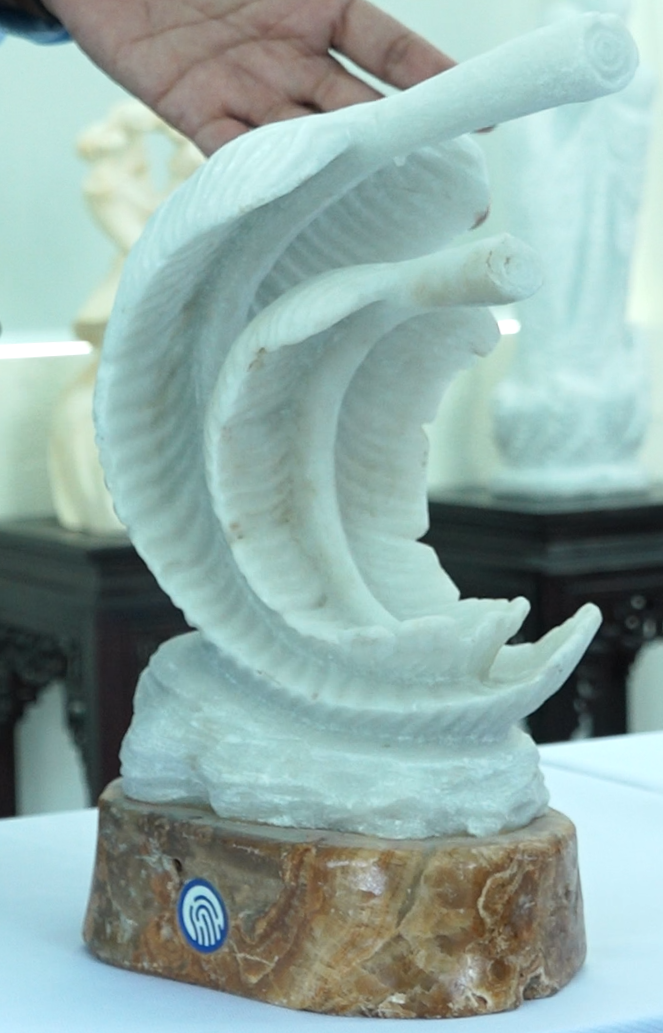
Faced with the situation of product design copying and consumers having difficulty distinguishing products from Non Nuoc Stone Craft Village from those from other places, especially high-value products, craft villagers are being supported in labeling their products with blockchain technology.
Artisan Mai Thanh Thien shared: “Blockchain technology labeling not only ensures the authenticity and reputation of the product, but also spreads the image and information of the product further. Craftsmen will create more beautiful products to label with blockchain technology so that the reputation of Non Nuoc fine art stone carving can spread further.”
Deputy Director of the Ngu Hanh Son Ward Public Service Center, Luu Van Tam Anh, said that the ward is implementing a project to restore and develop craft villages, including tourism development. In the near future, the ward will build a traditional craft village house to display products and honor artisans who have made many contributions to preserving and promoting the Non Nuoc fine art stone carving craft. At the same time, it will create a space for visitors to visit, experience making and carving stones...
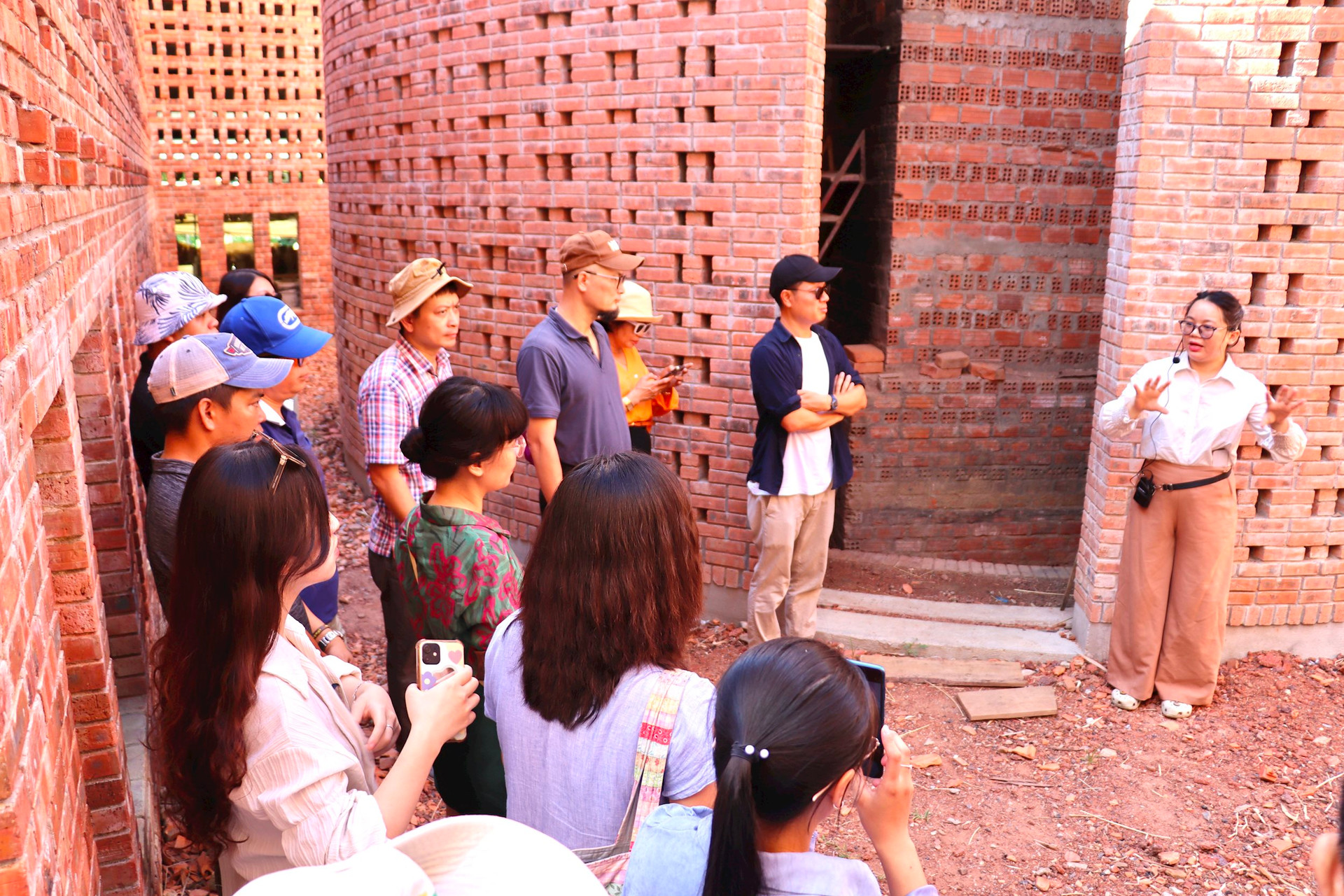
Faced with the current difficulties of craft villages, turning craft villages into tourist attractions is a way to both introduce and promote product consumption, promote the profession, craft villages and create more income for the people. In June 2025, Dong Khuong village (Dien Ban ward) was recognized as a tourist attraction to attract visitors to visit and experience the stages of forming baked ceramic and wooden products; feel the culture and history of the land and people here and promote the consumption of traditional craft products.
Dong Khuong village carpentry artisan Nguyen Van Tiep believes that the biggest problem is not only the market, but also the people. We need artisans and traditional craftsmen with enough capacity and dedication to preserve, promote and spread the quintessence of the craft and thereby attract visitors and develop craft village tourism.
Preserving the profession and promoting the quintessence
According to the Department of Agriculture and Environment, in the city there are 39 recognized traditional craft villages and craft villages with diverse occupations, such as: processing and preserving agricultural, forestry and fishery products; producing handicrafts; handling and processing raw materials for rural production; producing rattan, bamboo, weaving, silk...
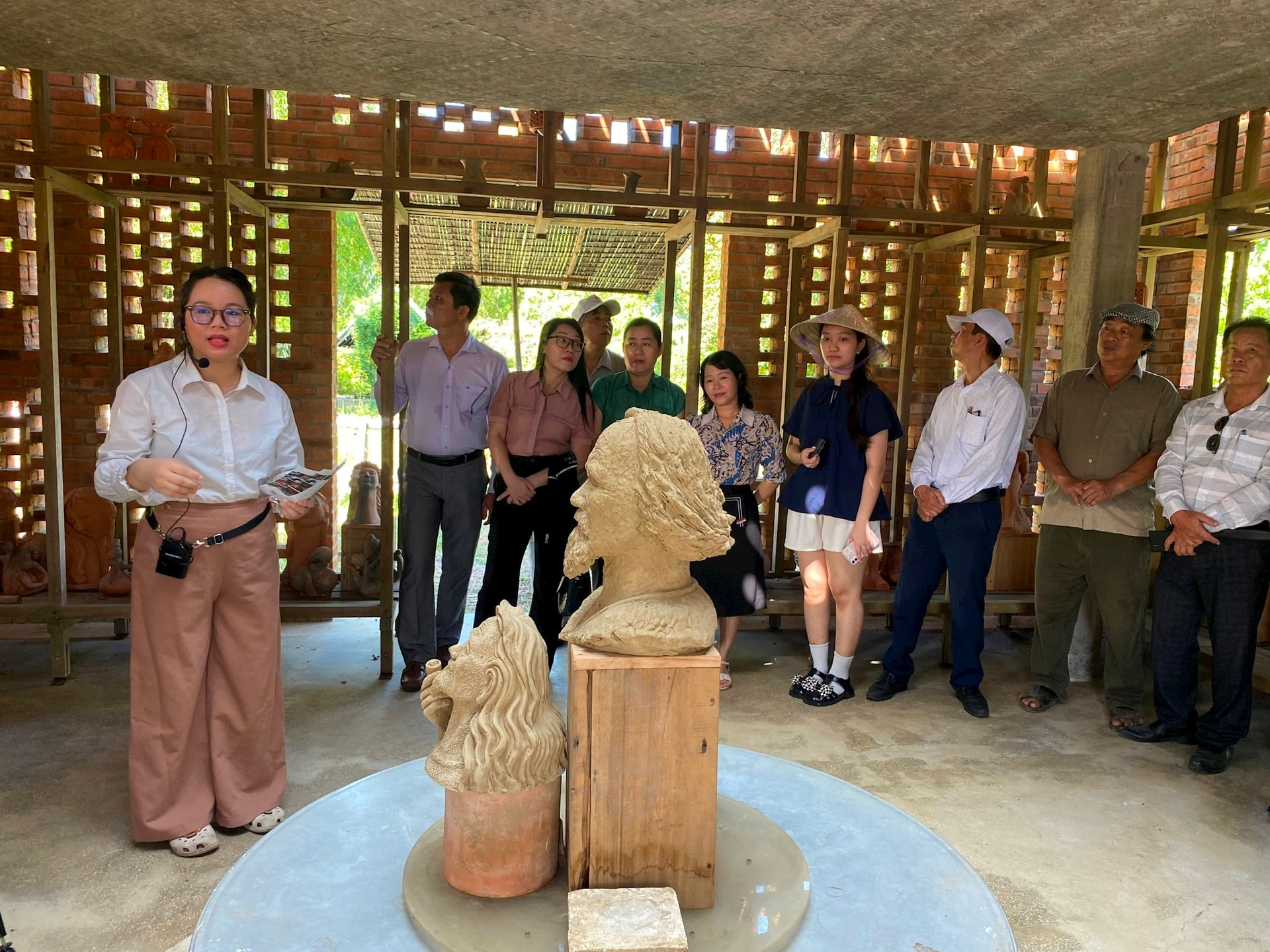
In recent times, craft villages have made important contributions to the city's socio-economic development, such as attracting social resources, creating rich and diverse product sources to serve social needs and export; solving labor problems; contributing to the economic restructuring of the city... Some craft villages have truly stood firm and developed in the market mechanism, thereby contributing to the preservation and maintenance of village space, traditional cultural beauty and having great potential for tourism development.
Along with the results achieved, the City People's Committee has also frankly acknowledged that traditional occupations, craft villages and traditional craft villages are facing many challenges on the journey to preserve their occupations and promote their values. It is easy to see that most of the craft villages in Da Nang city have small, scattered and fragmented production scales. In addition, equipment and technology are still outdated, so labor productivity is low; product quality and design are monotonous, leading to low competitiveness, failing to meet the increasingly demanding tastes of consumers.
.jpg)
The skill level of workers has not been focused on training and nurturing; the income of workers in craft villages is not enough to attract and retain workers, especially for highly skilled workers and artisans. Meanwhile, production infrastructure in craft villages has not been invested synchronously; some craft villages and facilities have not paid due attention to the connection between production and environmental protection.
The output for craft village products has also been a long-standing problem, when the consumer market is still narrow, product brands and promotion activities have not been adequately invested; the tourism potential associated with craft villages has not been well exploited. That is not to mention the difficulties in terms of premises, access to credit policies...
Craft villages, traditional craft villages and traditional occupations are not only the livelihood of the people, but also the city's unique "cultural brand", attracting domestic and foreign tourists. In the context of deep international integration, the city needs to promptly identify opportunities and accurately assess the challenges to the development of craft villages, traditional craft villages and traditional occupations. From there, there will be synchronous policies to solve the remaining problems; propose contents, tasks, and support solutions so that traditional occupations, craft villages and traditional craft villages will increasingly flourish, contributing to improving people's lives and developing a modern and sustainable rural economy.
Source: https://baodanang.vn/phat-huy-tinh-hoa-phat-trien-lang-nghe-truyen-thong-3305101.html




![[Photo] Prime Minister Pham Minh Chinh chairs the Government's online conference with localities](https://vphoto.vietnam.vn/thumb/1200x675/vietnam/resource/IMAGE/2025/10/5/264793cfb4404c63a701d235ff43e1bd)


![[Photo] Prime Minister Pham Minh Chinh launched a peak emulation campaign to achieve achievements in celebration of the 14th National Party Congress](https://vphoto.vietnam.vn/thumb/1200x675/vietnam/resource/IMAGE/2025/10/5/8869ec5cdbc740f58fbf2ae73f065076)


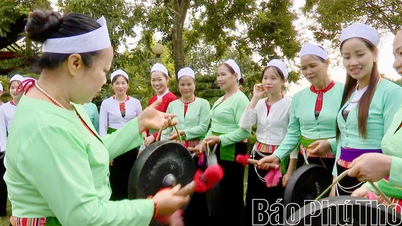


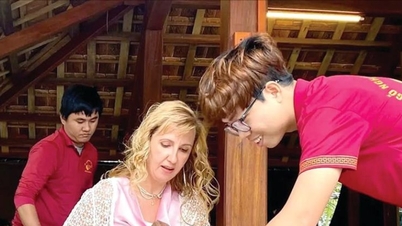
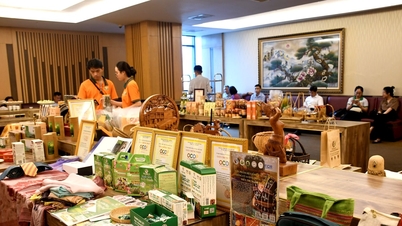
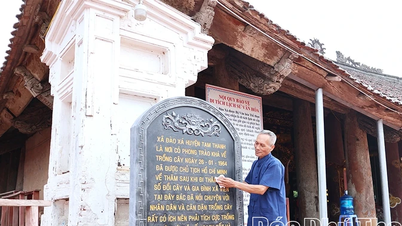
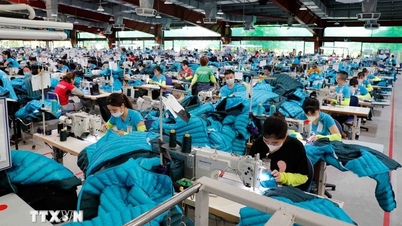

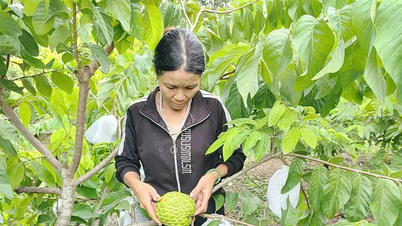



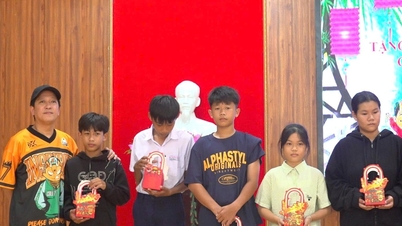
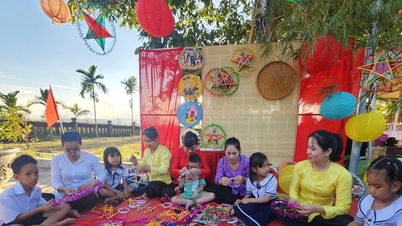





































![[VIDEO] Summary of Petrovietnam's 50th Anniversary Ceremony](https://vphoto.vietnam.vn/thumb/402x226/vietnam/resource/IMAGE/2025/10/4/abe133bdb8114793a16d4fe3e5bd0f12)

![[VIDEO] GENERAL SECRETARY TO LAM AWARDS PETROVIETNAM 8 GOLDEN WORDS: "PIONEER - EXCELLENT - SUSTAINABLE - GLOBAL"](https://vphoto.vietnam.vn/thumb/402x226/vietnam/resource/IMAGE/2025/7/23/c2fdb48863e846cfa9fb8e6ea9cf44e7)














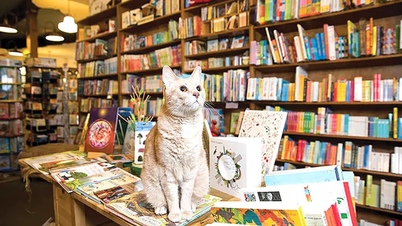



















Comment (0)